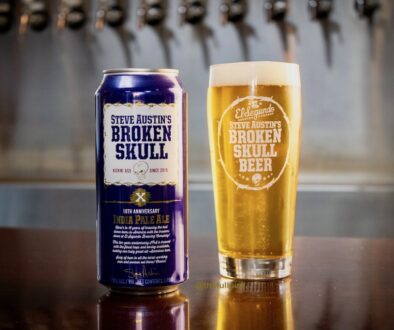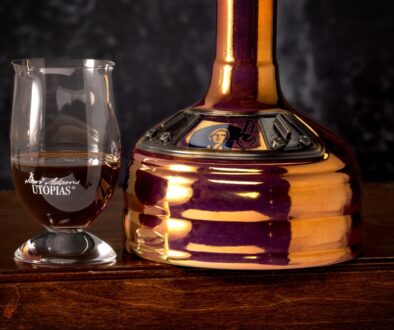Details Behind Oskar Blues Re-Branding Efforts
Late last week, Oskar Blues Brewery unveiled a complete re-branding of their entire lineup of beers. Being one of the first craft breweries in the country to begin solely packaging in cans, their designs have been very familiar, and largely unchanged for over a decade. Even from across any liquor store or grocery store, you can spot the iconic Dale’s Pale Ale can or carton in the sea of craft beers on the shelf.
Whether it’s beer or anything else in life, change causes an emotional response from all parties involved. Feedback usually sounds like “I liked the way the old cans looked” or “what was wrong with the old cans?” Changing something as iconic as the Oskar Blues cans sounds like a huge feat, with the goal of looking fresh while staying familiar.
We reached out to the folks at Oskar Blues to see what the process of such a delicate task looked like. We wanted to know the who, what, when and why a company with so much beer on so many shelves would do this and how it all went down.
Wondering when the light bulb popped in someone’s head as to making the change, Aaron Baker told us “After over 15 years in the same packaging, it was time. Over the last few years, we have put a ton of effort and energy into improving the beers we deliver to the beer drinker. From raw materials procurement (making sure we’re using the best possible hops and malt) to expansion of the QA/QC labs at each of our breweries, Oskar Blues is now shipping the highest quality, most innovative beer that we’ve ever brewed. It became clear that we needed to tell this story of quality and freshness in our packaging. We undertook the re-brand process beginning in early 2019.”
Many breweries tap the shoulder of a design firm, marketing agency, or some type of outside consulting agency to get a fresh vision from a group that helps retell the company’s story. To reiterate, there’s a fine line between familiar and fresh. We were shocked to learn Oskar Blues didn’t go that route. “All of the designs for this were done in-house by designers who work on the Oskar Blues brand full-time. A diverse group worked on evaluating designs – from sales reps, to brewers, to marketing professionals, to Dale himself. So many people working at the brewery are passionate about Oskar Blues and were eager to give their input in the process.”
While Oskar Blues isn’t a gigantic company, even companies of their size can expect to have tons of meetings, multiple revisions and last-minute tweaks that can draw the process on and on. Still, we wondered how long this entire process took and were told roughly eight to 10 months.
Having been through a home remodeling in the last few years, even when forces are aligned, there will be many passionate disagreements throughout the process. We figured there were moments where things got a little heated. “Everyone was in agreement that a packaging refresh was needed. There were certainly many spirited discussions behind closed doors about design elements and direction. We’re lucky, though, that our taprooms are never far away and after a (sometimes) tense meeting, we could always share a beer and remember what it was all about.”
After everyone agreed on the direction, look and vibe, there are many other logistics to consider. We’ve seen it all too many times where a brewery will re-brand, and naturally, there is no snap of a finger that will change current inventory and merchandising across all accounts in the nation. Posters, coasters, tin tackers, cold case stickers, sell sheets, apparel, tap handles, neon signs, wrapped delivery trucks will all have to change sooner than later to reflect the new branding, it’s not just the cans themselves. “We are aware that this change will take time to fully implement. It’s impossible to flip a switch and have new designs everywhere. Our distributors across the country and the world have been great partners. It will take some time for everyone to see the new cans, but we’re stoked for you to see them.”
Take a trip down memory lane and look at Oskar Blues’ labels then and now.




